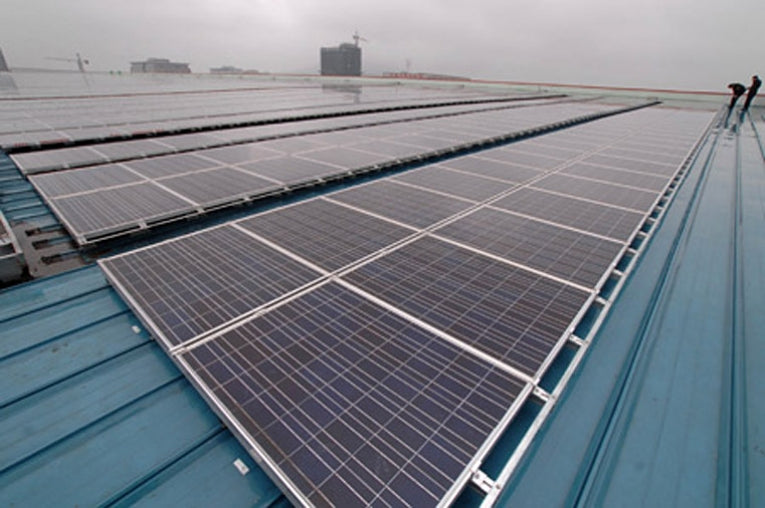China is not just the world's second biggest economy, it is now the world's biggest climate change gases emitter - according to the World Resources Institute it produced 7,232.8 megatonnes of greenhouse gases in 2007 (the last year we have comparable figures for), surpassing the USA's 6,914.2 megatonnes. Although the emissions per head of population are low, because China has such a huge population, it adds up. The latest Five Year Plan has just been passed by the Chinese legislature, and fortunately it includes some important and mandatory emissions targets.
The 12th Five Year Plan covers the years 2011-2016 and will be an significant routemap for China's emerging technologies as they struggle with emissions and the amount of GDP produced per energy unit - the energy intensity of the economy. China's fast growth and inefficient use of energy pose a serious problem as this will impede further growth and erode its competitive performance, whilst creating more pollution. China's chief negotiator to the UN climate change talks, Xie Zhenhua, said the nation achieved its goal of reducing total pollutant emissions by 10 percent over the five years to 2010.
The next Five Year Plan sets ambitious targets to to cut emissions, enhance green growth, and ensure that China moves forward in seven seven strategic emerging industries (SEIs) which are seen as the essential to the new green manufacturing sector: these include important low carbon technologies like electric vehicles, next generation information technology, energy efficient products and renewable energy.
However China is still hampered by its dependence on coal-generated electricity: the dirtiest method of power production. It is expecting to more than triple its capacity to 270 GW by 2015, although these will be newer and cleaner plants, claimed to be super-efficient. The plan also envisages a four-fold growth in nuclear power, up from 10 GW (gigawatts) to 40 GW, 63 GW of new hydro-electric power and 48 GW of new wind capacity; China has a considerable potential wind resource estimated to be up to 1.5TW (TeraWatts) of wind energy, mainly from on-shore resources. There will also be increased capacity for Solar Photovoltaics in the energy mix.
How realistic is this plan? It compares favourably with the International Energy Agency's 450 ppm scenarios. If China can reach these targets, then it will be ''pulling its weight'' in terms of creating a low carbon economy. China expects to reap the rewards of a lower carbon intensity and the technological development of a Clean Economy will mean leadership in emerging high technology sectors, which should increase profitability and the standard of living for Chinese people.
Photo: shows a matrix of solar panels in Hefei Solar PV Power Plant, in Hefei, Eastern China credit Xinhua/Ma Qibing
Links: Delivering Low Carbon Growth: A Guide to China’s 12th Five Year Plan










